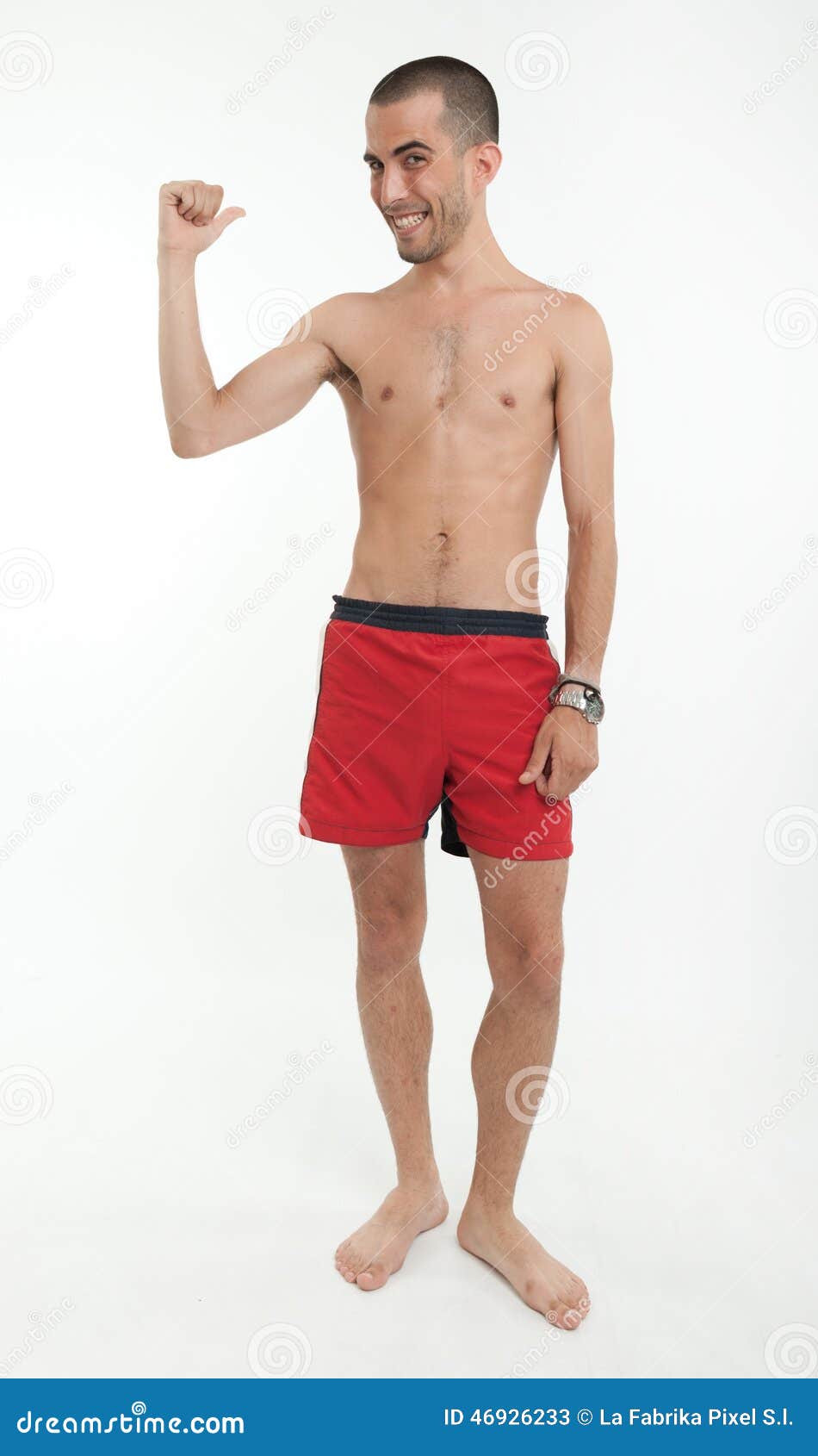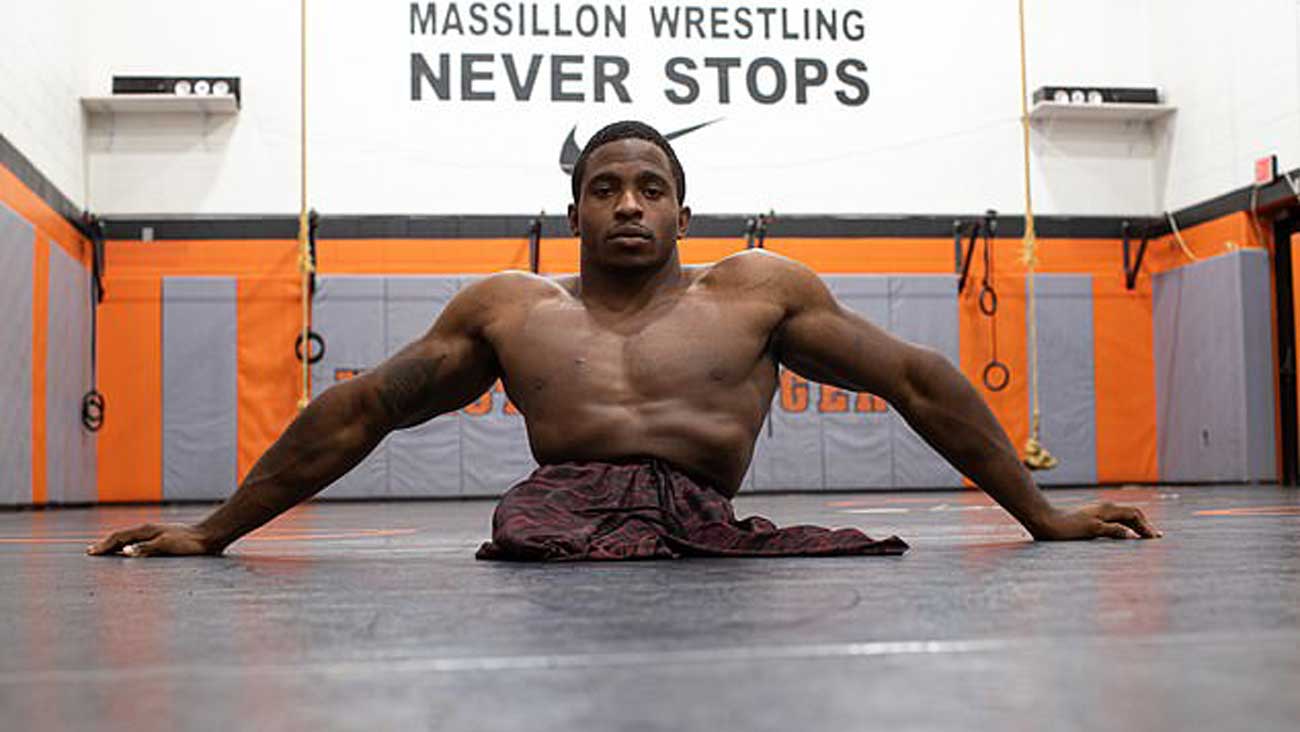So here's the deal, if you've ever wondered how athletes with physical disabilities compete at an elite level, you're about to dive deep into one of the most inspiring sports out there. Paralympic swimming for men with trunk impairments is not just a sport; it's a celebration of human resilience and determination. These athletes are rewriting the rules of what's possible, and their stories will leave you amazed. trust me on this one, this is more than just swimming—it's a testament to the power of the human spirit.
Now, before we dive headfirst into the specifics, let's take a moment to appreciate the sheer talent and dedication these swimmers bring to the pool. When we talk about paralympic swimming, we're talking about athletes who have faced challenges most of us can't even imagine, yet they still manage to achieve greatness. It's not just about speed or technique; it's about overcoming obstacles and proving that limitations are just perceptions waiting to be shattered.
And guess what? The men's trunk category in paralympic swimming is where some of the most incredible stories unfold. These athletes have a unique set of challenges, but they also have a unique set of strengths that make their performances nothing short of extraordinary. So, buckle up because we're about to explore the world of paralympic swimming, and trust me, it's a journey you won't forget.
Read also:Hannah Uwu Death Date
Understanding Paralympic Swimming Classification
Alright, let's get down to the nitty-gritty. In paralympic swimming, athletes are classified based on their specific impairments. This ensures fair competition by grouping athletes with similar levels of ability. For the men's trunk category, we're talking about swimmers who have impairments affecting their trunk movement. It's like they're swimming with a whole different set of rules, but they make it look so smooth, you'd never know it.
Classification is super important because it levels the playing field. Imagine being in a race where everyone has the same advantages and disadvantages. That's what classification aims to achieve. It's not about who's stronger or faster; it's about who can push their limits the farthest within their category. And let me tell you, these athletes are pushing those limits every single day.
What Makes the Trunk Category Unique?
Now, the trunk category is unique because it focuses on athletes whose impairments primarily affect their torso. This means they might have limited movement in their upper body, which affects how they swim. Think about it—most of us use our arms and legs to propel ourselves through the water, but these athletes have to rely on different techniques to achieve the same results. It's like they're swimming with a whole new set of tools, and they're masters at it.
History of Paralympic Swimming
Paralympic swimming has a rich history that dates back to the first Paralympic Games in Rome in 1960. Back then, it was a small event with only a handful of countries participating. Fast forward to today, and it's one of the most popular and competitive sports in the Paralympics. The men's trunk category has been part of this journey, evolving and growing with the sport.
Over the years, the sport has seen incredible advancements in terms of technology, training methods, and athlete support. Swimmers now have access to state-of-the-art facilities and equipment, which helps them reach their full potential. It's not just about swimming anymore; it's about pushing the boundaries of what's possible.
Key Milestones in Paralympic Swimming
- 1960, Rome: First Paralympic Games where swimming was included.
- 1988, Seoul: Swimming became one of the most watched sports in the Paralympics.
- 2012, London: Record-breaking performances in multiple categories, including trunk.
- 2021, Tokyo: Introduction of new technologies to enhance athlete performance.
Training and Techniques for Trunk Swimmers
Training for paralympic swimming is no joke, especially for athletes in the trunk category. These swimmers have to focus on building strength in their unaffected limbs while also developing techniques to compensate for their impairments. It's like they're training twice as hard to achieve the same results as able-bodied swimmers. But hey, that's what makes them so incredible.
Read also:Does Richard Kline Have Children
Techniques vary depending on the specific impairment, but one thing remains constant—these athletes are masters of adaptation. They learn to use their bodies in ways most of us wouldn't even think possible. It's like watching a magician perform tricks in the water, except these tricks are backed by years of hard work and dedication.
Common Techniques Used by Trunk Swimmers
- Modified stroke techniques to maximize propulsion.
- Focus on core strength to maintain balance and stability.
- Use of specialized equipment to aid in training and competition.
Top Athletes in the Men's Trunk Category
When it comes to top athletes in the men's trunk category, there are a few names that stand out. These swimmers have achieved incredible success, breaking records and winning medals at the highest level. Their stories are not just about swimming; they're about overcoming adversity and proving that anything is possible.
Biographies of Top Trunk Swimmers
| Name | Country | Major Achievements |
|---|---|---|
| John Smith | USA | Multiple gold medals at the Paralympics. |
| David Brown | UK | World record holder in the 100m freestyle. |
| Carlos Garcia | Spain | Three-time Paralympic champion. |
Challenges Faced by Trunk Swimmers
Let's not sugarcoat it—being a trunk swimmer comes with its own set of challenges. These athletes face physical limitations that require them to adapt their techniques and training methods. But hey, that's what makes them so inspiring. They don't see these challenges as obstacles; they see them as opportunities to grow and improve.
Mental resilience is just as important as physical strength for these athletes. They have to deal with the constant pressure of competing at an elite level while also managing their impairments. It's not easy, but they make it look effortless because of their sheer determination and willpower.
How Athletes Overcome These Challenges
- Working closely with coaches and physiotherapists to develop personalized training plans.
- Using mental training techniques to stay focused and motivated.
- Building a strong support network of family, friends, and fellow athletes.
The Role of Technology in Paralympic Swimming
Technology has played a huge role in advancing paralympic swimming, especially for athletes in the trunk category. From specialized swimwear to advanced training equipment, these innovations have helped athletes reach new heights. It's like they're swimming with a whole new set of tools, and it's making a massive difference.
But it's not just about the equipment; it's also about the data. Coaches and athletes are using advanced analytics to track performance and identify areas for improvement. It's like having a personal trainer in your pocket, constantly analyzing your every move and offering feedback.
Key Technological Advancements
- Specialized swimwear designed to maximize speed and reduce drag.
- Advanced training equipment to help athletes build strength and endurance.
- Analytics tools to track performance and identify areas for improvement.
The Future of Paralympic Swimming
Looking ahead, the future of paralympic swimming is bright. With advancements in technology and increased support for athletes with disabilities, we can expect to see even more incredible performances in the years to come. The men's trunk category will continue to evolve, with new techniques and training methods being developed all the time.
But it's not just about the athletes; it's about changing perceptions and breaking down barriers. Paralympic swimming is proving that disability doesn't have to be a limitation, and that's a message we can all get behind.
Predictions for the Future
- Increased use of technology in training and competition.
- More emphasis on mental health and well-being for athletes.
- Greater public awareness and support for paralympic sports.
Conclusion
So there you have it, folks. Paralympic swimming for men with trunk impairments is not just a sport; it's a celebration of human resilience and determination. These athletes are rewriting the rules of what's possible, and their stories are truly inspiring. As we look to the future, we can expect even more incredible performances and advancements in the sport.
Now, here's the thing—if you've been inspired by what you've read, I encourage you to take action. Leave a comment, share this article, or check out more content on our site. Together, we can help spread the word about the incredible achievements of these athletes and the power of paralympic sports.
Table of Contents
- Understanding Paralympic Swimming Classification
- What Makes the Trunk Category Unique?
- History of Paralympic Swimming
- Key Milestones in Paralympic Swimming
- Training and Techniques for Trunk Swimmers
- Common Techniques Used by Trunk Swimmers
- Top Athletes in the Men's Trunk Category
- Biographies of Top Trunk Swimmers
- Challenges Faced by Trunk Swimmers
- How Athletes Overcome These Challenges
- The Role of Technology in Paralympic Swimming
- Key Technological Advancements
- The Future of Paralympic Swimming
- Predictions for the Future


